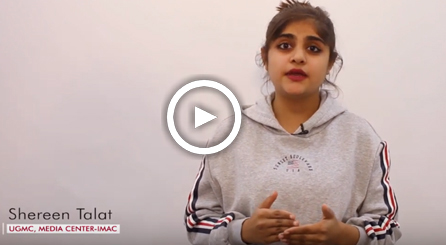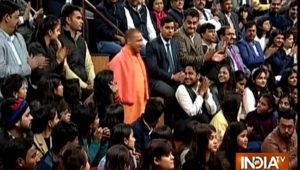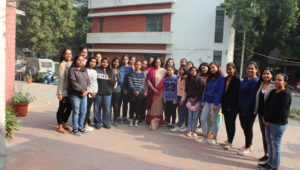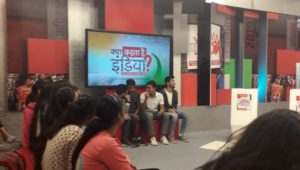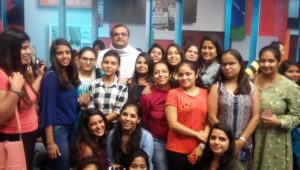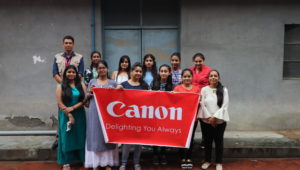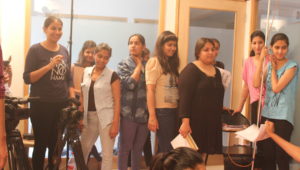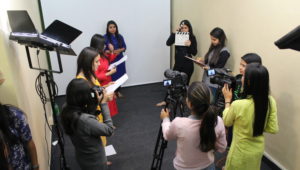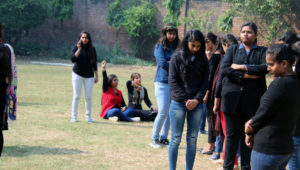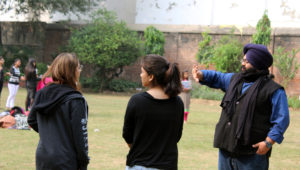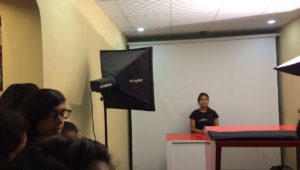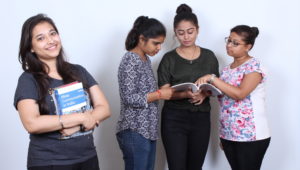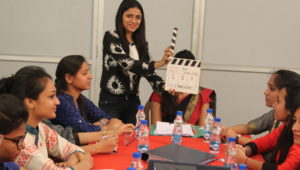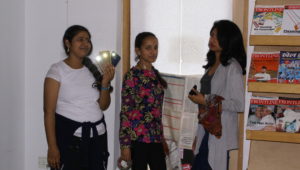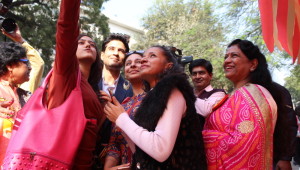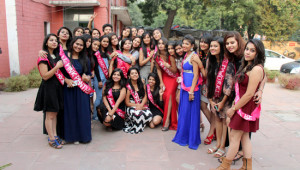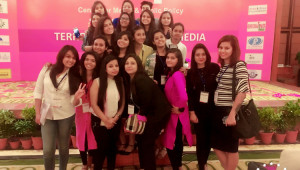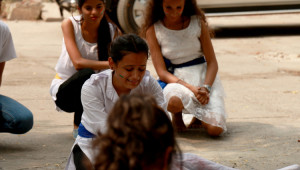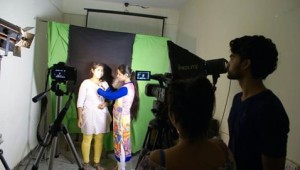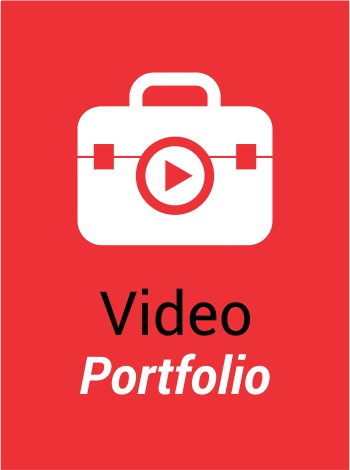The very nature of the documentary is that it is “unscripted”. It is meant to capture some aspect of “real life”. Then it is up to you the scriptwriter to take the messiness of real life and create some kind of story.
As a scriptwriter, you will need to scrutinize all the “unscripted” & “raw” footage and create some sort of structure out of it. It will seem intimidating at first, but think of it as putting together a great big puzzle. How to write a script:
- Log your tapes – This may seem like a tiresome and boring task at first, but you will thank yourself in the end. This is where you begin to “log” and categorize the various “pieces” of your puzzle and make a story.
- Evaluate the BIG picture. What are the main fundamentals that have surfaced through shooting process that create the tapestry of your overall story? What are the key “moments”?
- Create Scenes. Take these “moments” and divide your documentary into mini-stories that, together, create the documentary.
- Build a Roller Coaster. Take these scenes and begin creating a “Roller Coaster” ride for your audience. What kind of “ride” are you taking them on? Think about the powerful moments in your story and how to write a script to build up those moments. A fantastic book to refer is Writing Great Screenplays for Film and TV by Dona Cooper.
- Villain and Hero. Another important part of scriptwriting is determining the villain(s) and hero(s) in your story. A hero/villain can be a person, thing or event.
- BEGINNING, MIDDLE and an END. Of course, every story has a beginning, middle and end. If you can outline your story in these three general categories, then you can begin to fill in the details.
- The Ending. If you have a lot of footage and information to work with, a simple way to clarify how to start building your script is to think about how you’re going to END your documentary. Everything else leads up to that.
- Start Strong. I cannot express enough the importance of how you begin your documentary. This is when you “hook” the audience and set the tone for the entire program. The beginning of your film should: Create the “core message” of the documentary (this often includes a specific “incident” that is controversial or offsets the balance of forces in some way. Create curiosity — set up the “problem” or “issue” in the most compelling way possible to tantalize or grab your audience’s interest. Create a situation that makes the audience ask, “Why is this happening?”
- What’s in the Middle? It’s easy for scriptwriters to get “lost” in the middle section of the script. Just keep asking yourself, “Does this story or information move the story forward and lead to the ending conclusion?” Don’t get attached to any particular footage or information. If it doesn’t fit, leave it OUT. You can always put it in the “Bonus” or “Deleted Scenes” section of your DVD.
- Script Template. Finally, once you have a broad outline of your story, begin building your script using a 2-column script template: one column for audio, one column for video.
Tips for Video Production Editing
- Know your footage intimately.
Make sure you’ve seen ALL the footage available and are intimately aware of all the elements, including photos, graphics, audio clips and music. Log your tapes and STUDY your footage. - Lay-out the key elements of your film.
Start placing all your favorite elements on the timeline and watch them through in its rough form to start “feeling” what works. Your building blocks are usually the key nuggets of emotion or moments (significant or subtle) that reveal some element of your story. - Start building the basic structure.
Narrow down your story into a beginning, middle and end. A classic storyline starts with a problem, progresses into a crisis and then gets resolved somehow in the end. - Create a compelling beginning.
Great documentaries capture the audience’s attention right away! It can be style or content, but it must be something that feels unusual to the viewer. If you don’t create intrigue and or rouse curiosity, you will lose your audience. One idea is to start with something already deep in the story, then you can back up and slowly begin to reveal answers. - Build a “Roller Coaster”
Once you have the basic story structure in place, this is where you start creating the filmmaking experience. Change up the rhythm of your story. If the story has the same rhythm, no matter if it’s all fast or all slow, it will “feel” slow and boring. There needs to be fast sections and slow sections. Take your audience on a RIDE. Mix up the pacing with high points and low points. Take viewers on a “wild ride” and then let them breath. Create chaos and then let the event “sink in”. Remember, silence can be just as powerful as a rapid paced sequence. - Refine and Re-edit
The only rule in video production editing is to do what WORKS. Process and re-edit until it’s right. You can have the greatest quote in the world, but if it doesn’t move the story forward, cut it out. Do not get emotionally attached to any piece of footage or interview. Also, it is not unusual during an edit to realize that what you initially planned for the middle or end of the story is actually better at the beginning or vice versa.
[This article is published by Media Center-IMAC in interest of student awareness and career guidance. Media Center-IMAC specializes in Post-Graduate/Under-Graduate diploma courses in Media SZtudies and Mass Communication & TV journalism. With practical oriented and industry specific course, Media Center- IMAC is a prominent institution in Delhi.
Our alumni have proven themselves in the media world and are currently working at prestigious media organizations and top news channels. Besides full time diploma courses, Media Center-IMAC also offers specialized certificate courses in TV reporting, Digital marketing, video editing, radio jockeying, photography and many more.
For more info, visit: http://www.mediacenterimac.com/
Or email at: mediacenterimac@gmail.com
Or call at: 011 43489010, 8076807939.]








